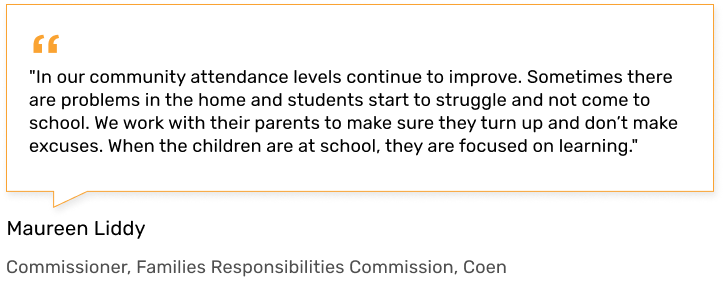
Regular absenteeism stunts student development. Students returning after absences are unsettled and struggle to fit into the routines and expectations of the classroom, which then triggers poor behaviour.
Low and sporadic attendance compromises a school’s entire teaching and learning program, including the learning of higher attendees. It also disrupts the teacher’s instructional delivery as they scramble to accommodate the needs of poor attendees.
Classrooms are further disrupted when students fall behind. Teachers are forced to choose between keeping a student back, which means they become bored and misbehave, or pushing them up, which means they are too challenged and misbehave.
An effective learning program cannot solve chronic poor attendance and lack of student school readiness. It requires engaging and collaborating with parents, families and local service providers.


